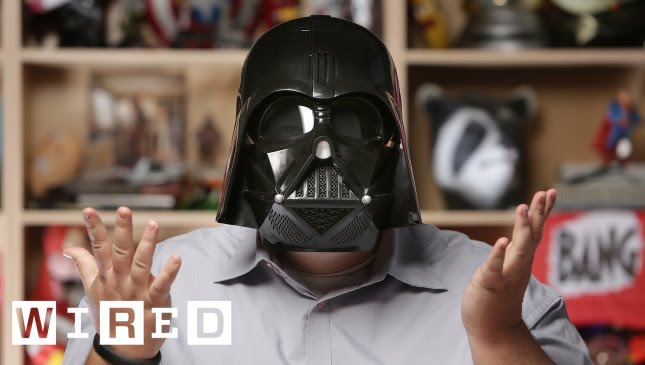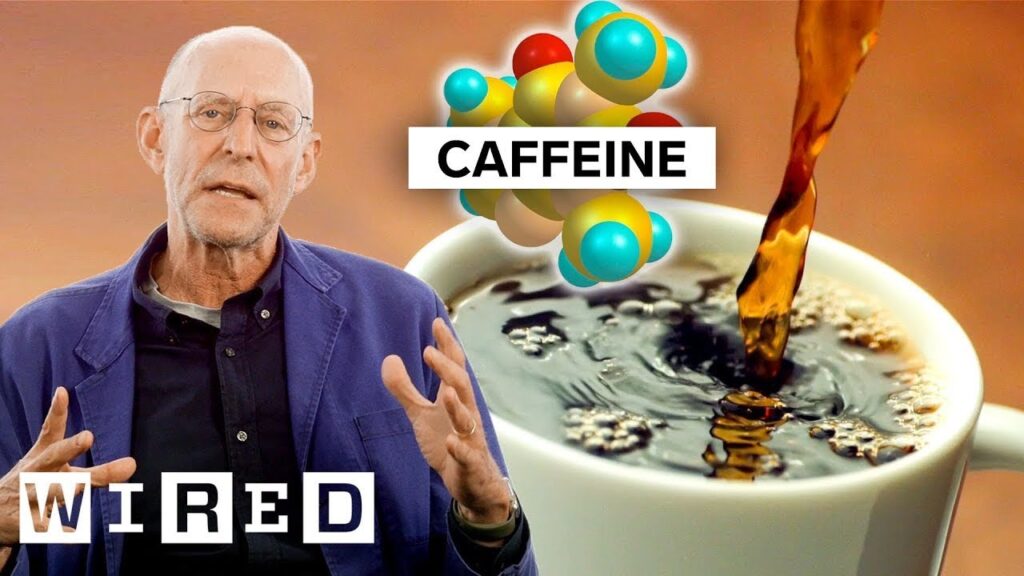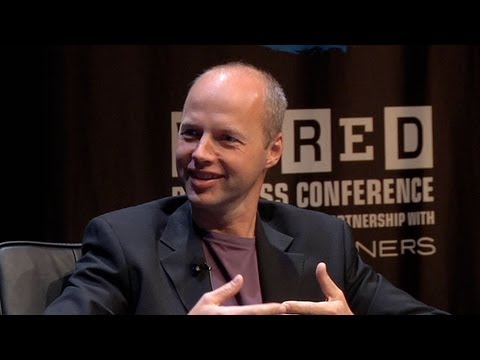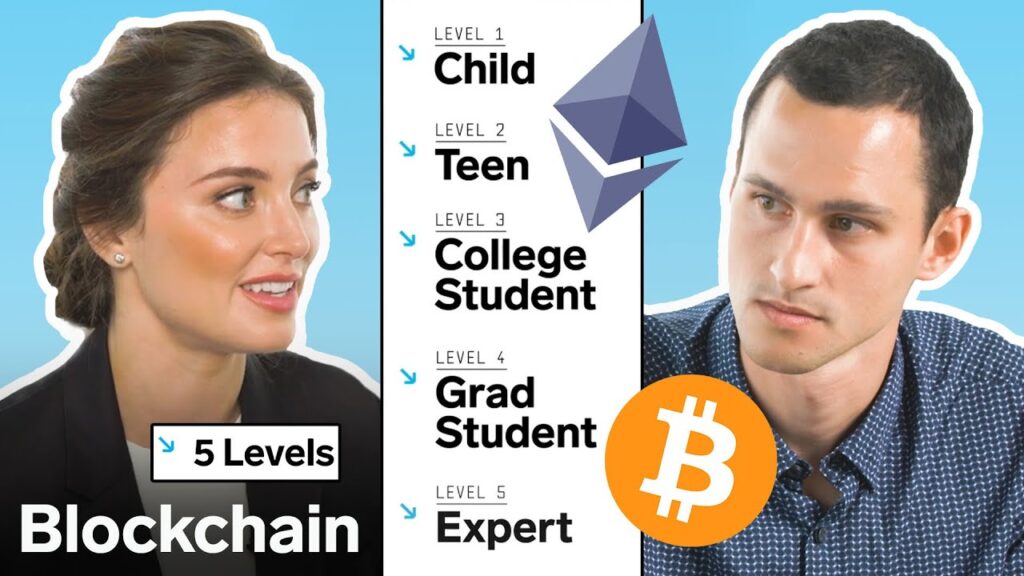Embodying Other Characters: Unlocking Creative Potential through Neuroplasticity
Summary
In this article, we explore the potential of computer simulation technology to unlock creative potential and solve human and social challenges. We discuss the importance of embodying other characters and changing our self-perception through neuroplasticity. We also examine the pursuit of photorealism in computer graphics and the need to optimize for lighter, cheaper, and more comfortable experiences.
Table of Contents
- Embodying Other Characters and Changing Self-Perception
- Delivering Value to People vs. Objective Quantities
- The Low-Poly Aesthetic: A Magical Journey for Users
- The Pursuit of Photorealism and the Need for Optimization
- Novel UX Innovations: Google Earth
- Synthetic Fantasy Worlds and Simulating Humans Realistically
- Using Technology to Solve Human and Social Challenges
- The Rewarding Potential of Virtual Reality
Embodying Other Characters and Changing Self-Perception
The ability to embody other characters and change our self-perception through neuroplasticity is a powerful tool for unlocking creative potential. By stepping into the shoes of another person, we can gain new perspectives and insights that we may not have otherwise considered. This is particularly relevant in computer simulation technology, where we can create entire worlds and characters to explore and interact with.
Delivering Value to People vs. Objective Quantities
While quantifiable things are important in engineering, delivering value to people should always be the ultimate goal. This means focusing on creating experiences that are meaningful and impactful for users, rather than simply achieving objective quantities.
The Low-Poly Aesthetic: A Magical Journey for Users
Embracing a low-poly aesthetic can provide a magical journey for users. By simplifying graphics and focusing on the core elements of a design, we can create experiences that are both aesthetically pleasing and engaging for users.
The Pursuit of Photorealism and the Need for Optimization
The pursuit of photorealism in computer graphics is a common goal, but we are running out of Moore’s Law and need to start thinking more creatively and optimizing for lighter, cheaper, and more comfortable experiences. This means finding new ways to create immersive experiences without relying on high-end hardware.
Novel UX Innovations: Google Earth
Google Earth is an example of a novel UX innovation that has transformed the way we explore and interact with the world. By creating a virtual representation of the Earth, Google has made it possible for anyone to explore and learn about different parts of the world from the comfort of their own home.
Synthetic Fantasy Worlds and Simulating Humans Realistically
The potential for synthetic fantasy worlds created through computer simulation is vast, but simulating humans realistically is still a difficult problem. It will take a lot of machine learning to solve this problem, and it may be 20 years before it is fully resolved. However, there is still magic to be found in this technology, and it has the potential to unlock creative potential.
Using Technology to Solve Human and Social Challenges
It is important to use technology to solve human and social challenges. This means finding ways to integrate computer simulation technology into our lives in a way that is meaningful and impactful for users. By creating experiences that are both engaging and socially beneficial, we can unlock the full potential of this technology.
The Rewarding Potential of Virtual Reality
As virtual reality technology progresses, it will become even more rewarding to spend time with each other in this way. The next five years will bring significant technological and creative advancements in this field, and we can expect to see new and innovative ways to use this technology to create meaningful and impactful experiences for users.







